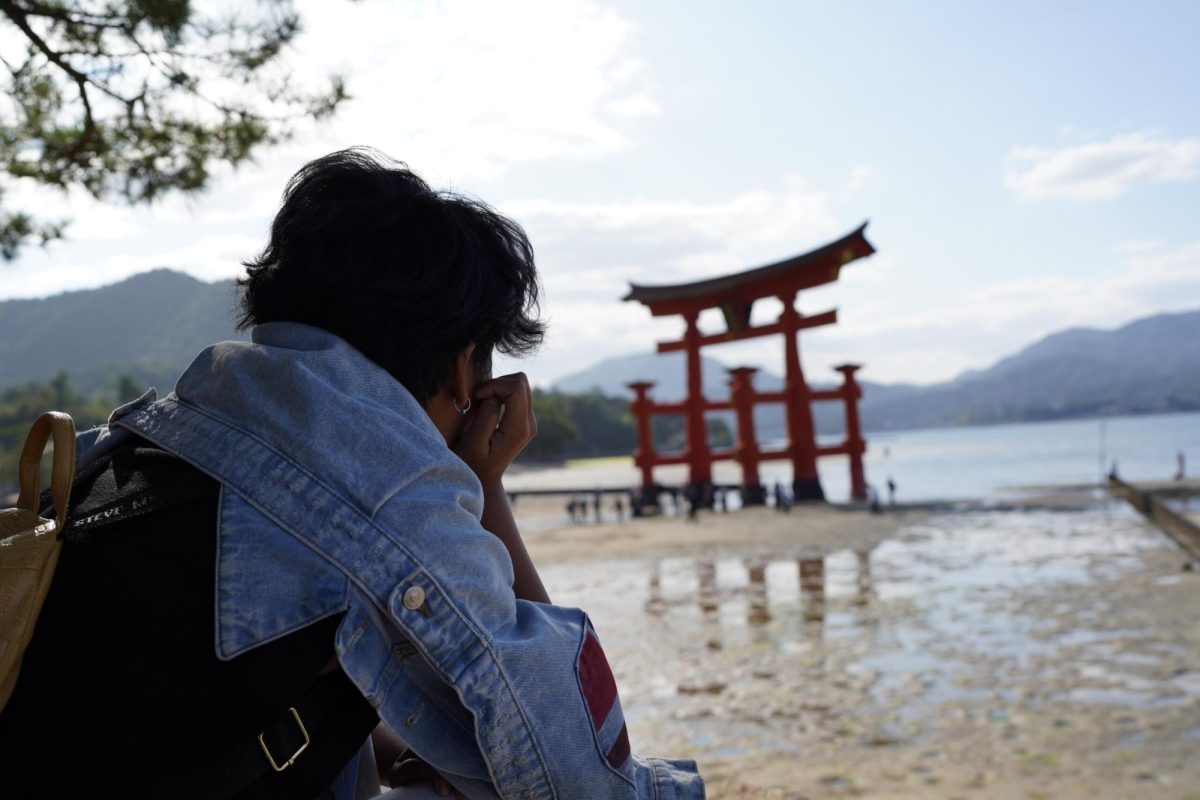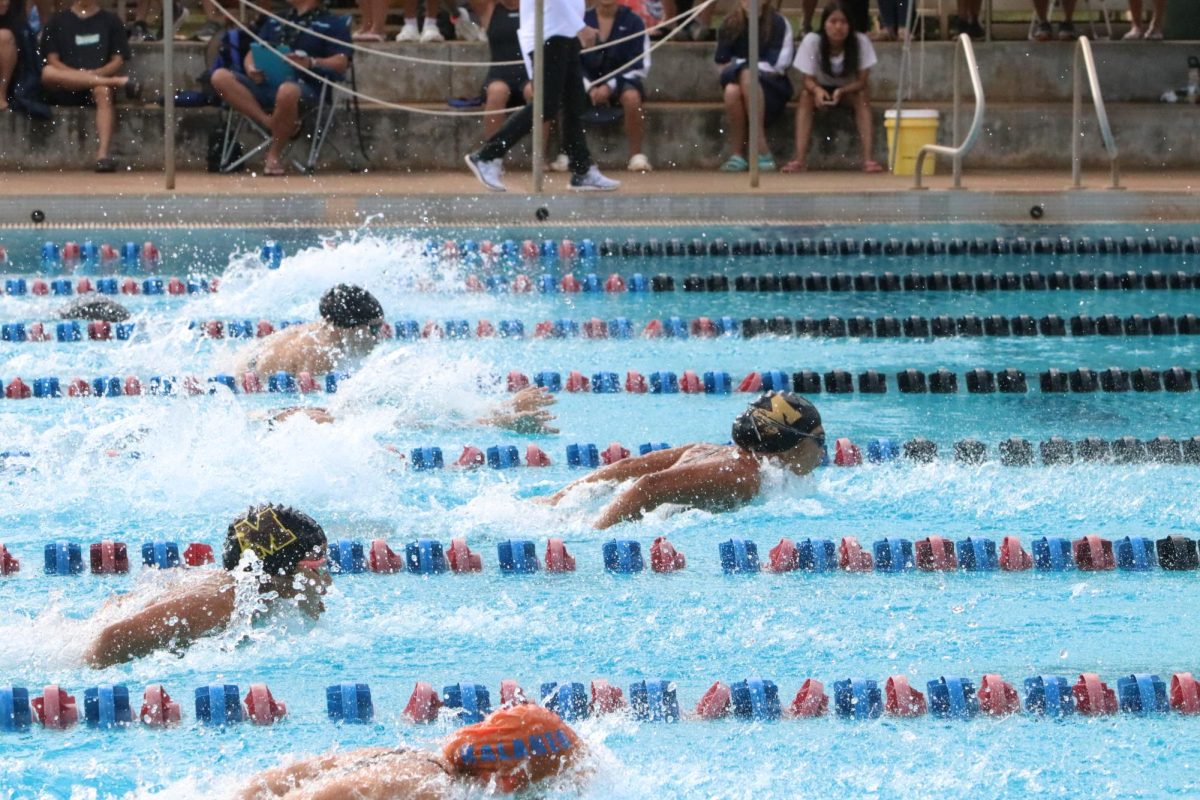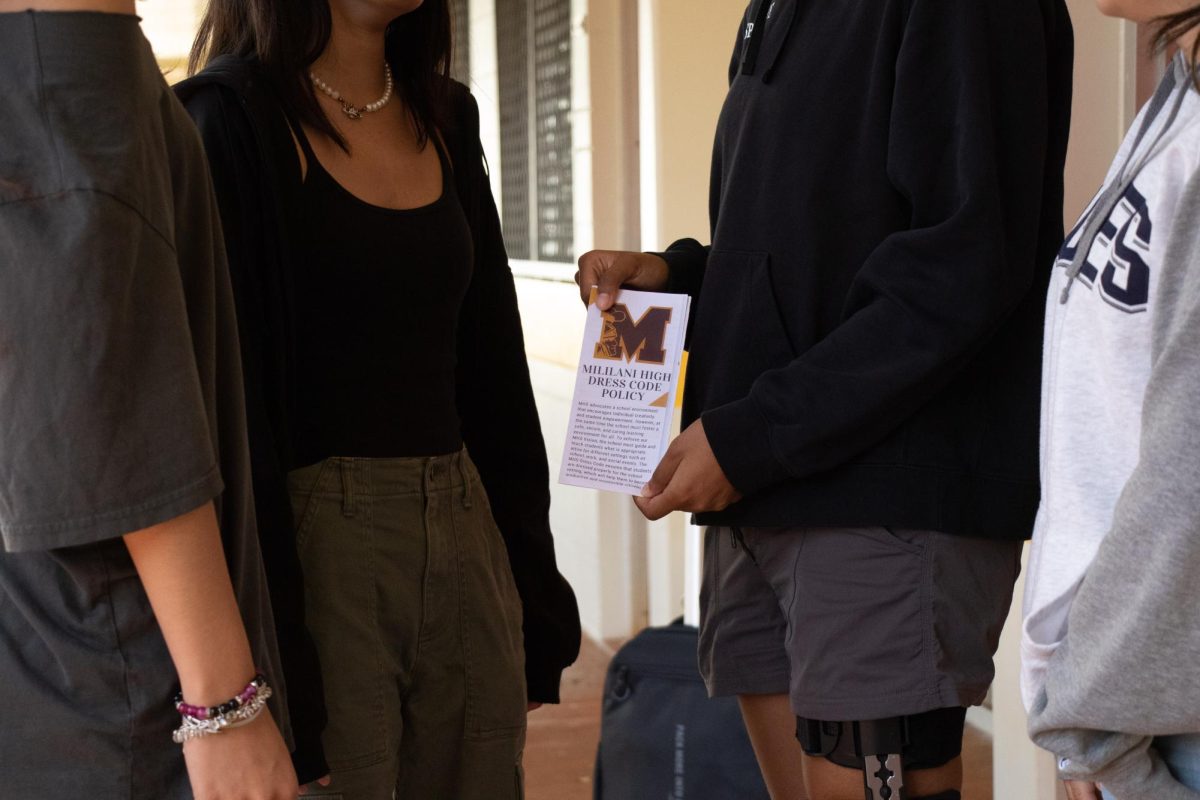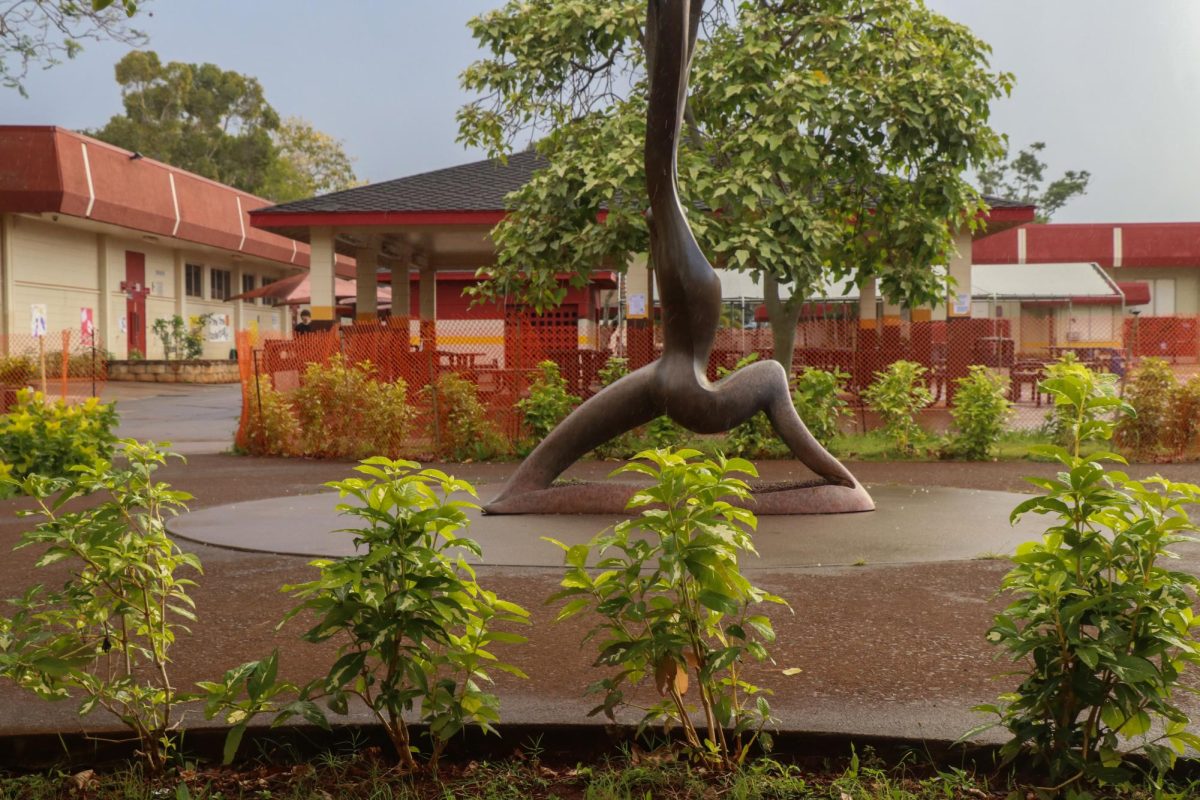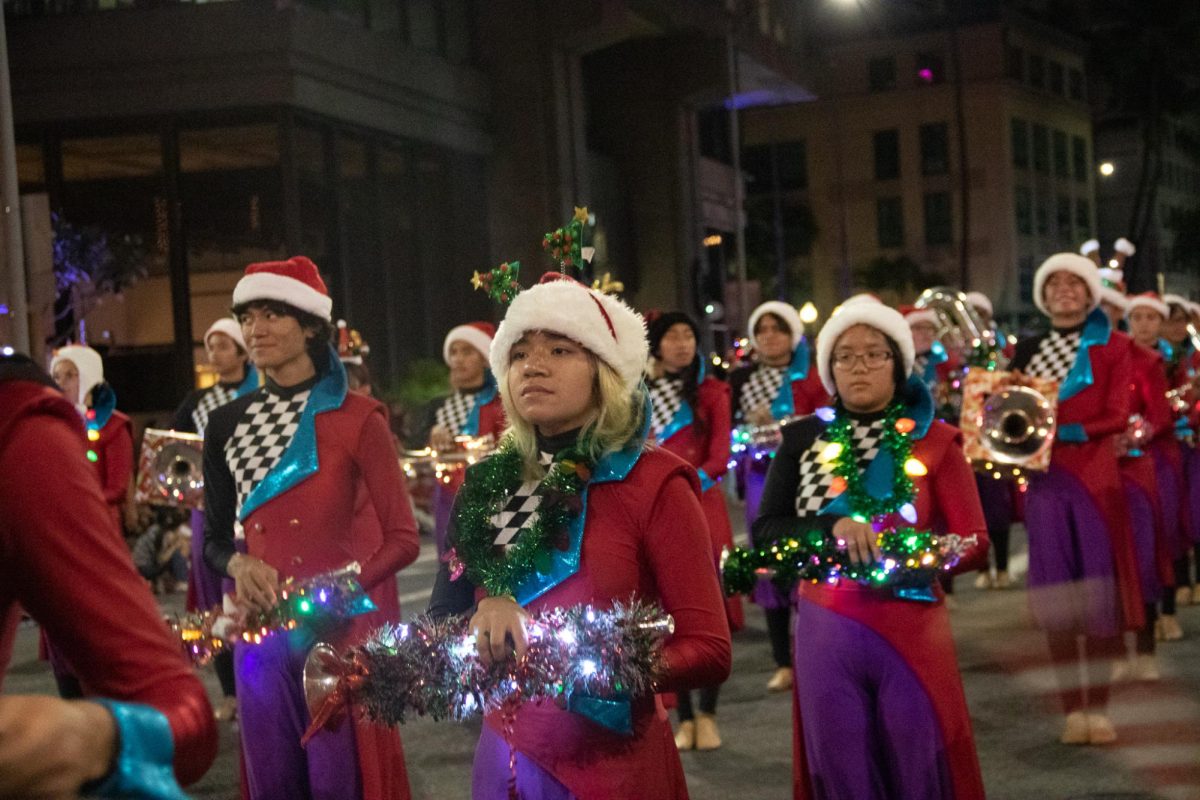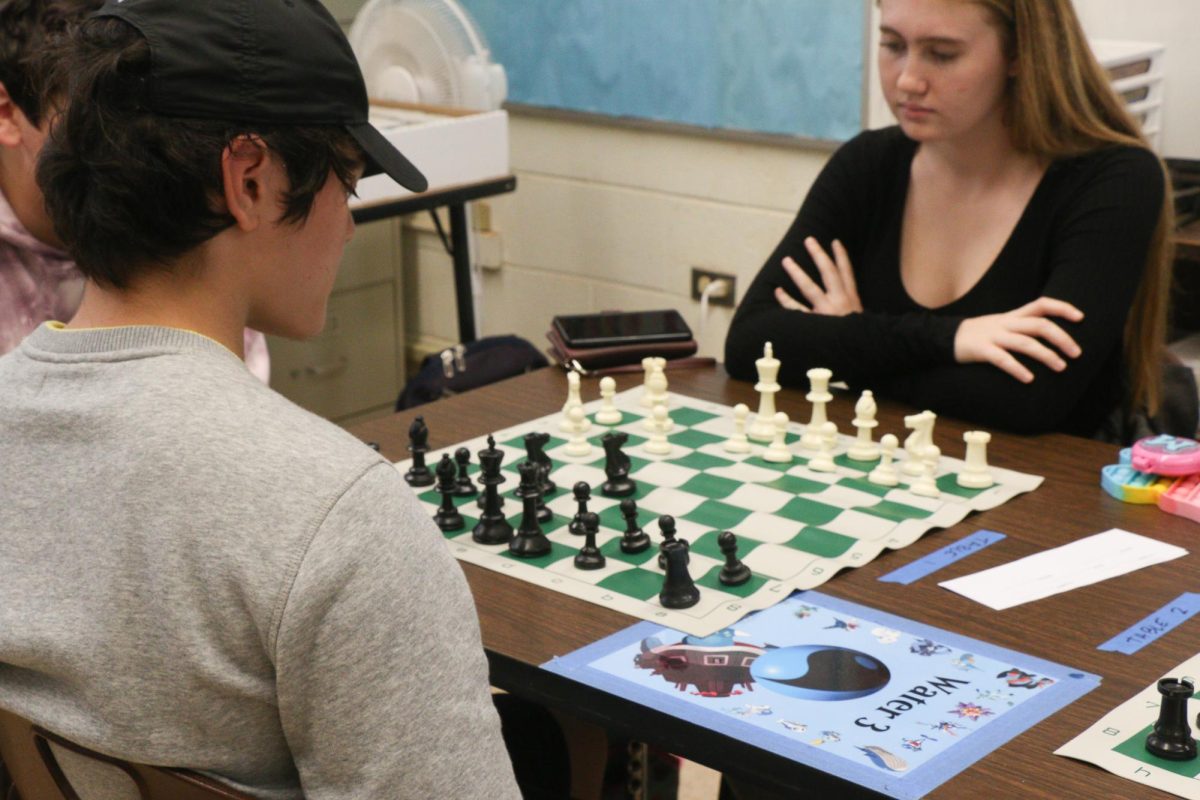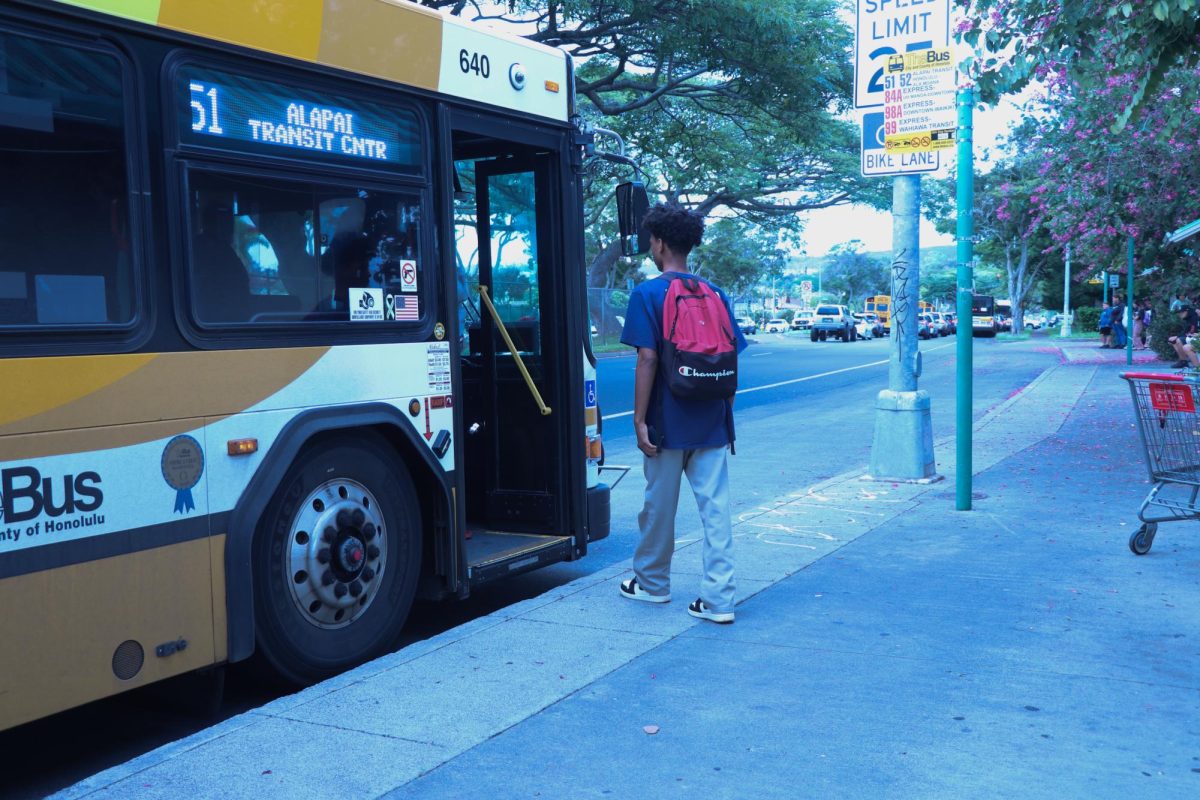By Lauren Barbour
[email protected]
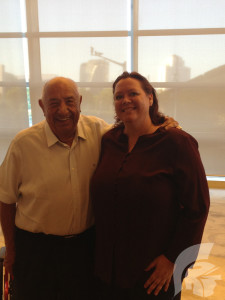
MHS, along with other schools on Oahu, will be the first locations outside of Asia to participate in Global Natural History Day as part of a pilot program directed by Social Studies teachers Amy Boehning and Amy Perruso and Science teacher Sandra Webb. The goal is to eventually turn it into a global program.
“I think too often young people are dismissed as not capable of being participants of the conversation (when it comes to sustainability) and I think this project brings them into the conversation and makes their thinking central to it,” expressed Perruso.
As part of their project, students will focus on an environmental problem, researching its history and its current effects before presenting possible solutions. “The theme is ‘Empower youth to understand the past and observe the present,’ which is where the science part comes in, ‘To change the future,’” said Webb.
The project also emphasizes leadership skills that come into play when proposing solutions. “The leadership (part) is when you’ve looked at a problem, the history, you’ve used historical inquiry, you’ve used scientific inquiry to understand the present and now what are you going to do about it?” Webb explained.
The program, founded by Kenneth E. Behring two years ago, has been launched in Asia, with countries such as Korea and China participating. Because Global Natural History Day focuses on environmental issues though, directors found they could not use the National History Day curriculum as intended.
Instead, Boehning, who formed a team with Perruso and Webb, was brought in to construct a new curriculum based on her experience with project-based learning. “Other (countries) are becoming interested in critical thinking. That’s something that wasn’t taught before because for some schools it was rote memorization kind of things and so now they’re having to look at other places,” Boehning commented, “When you have rote memorization, you’re not the inventors, you’re not the creators. You’re the ones who are just the workers or the doers.” She also traveled to China to present on the subject and conduct sessions to help train judges in evaluating projects.
Global Natural History Day could serve as an alternative to National History Day, science fair, senior project or Project Citizen. “We figured (students) could do something better than doing three separate projects, stressing themselves out, killing themselves in three separate directions,” said Webb.
As the program is still in its developmental stages, it is only being offered to certain classes. Eventually it will be opened up to a wider range of students but the project might not be for everybody. “I don’t think this is something all students should necessarily be forced to do. For me, it’s identifying students’ intelligences or strengths and some students are just natural observers,” stated Perruso, “For those students (who are inclined to it) then we really want to help them develop those skills. So I think that what we’re looking at is a widespread invitational approach for the whole state of Hawaii.”
This year, one public school from each district, including MHS, will be chosen to take part in the pilot program and compete in the state competition at the end of April. The categories will be performance, display and documentary. The following year, the program will be opened to private schools as well and rolled out statewide, followed by a national introduction.

